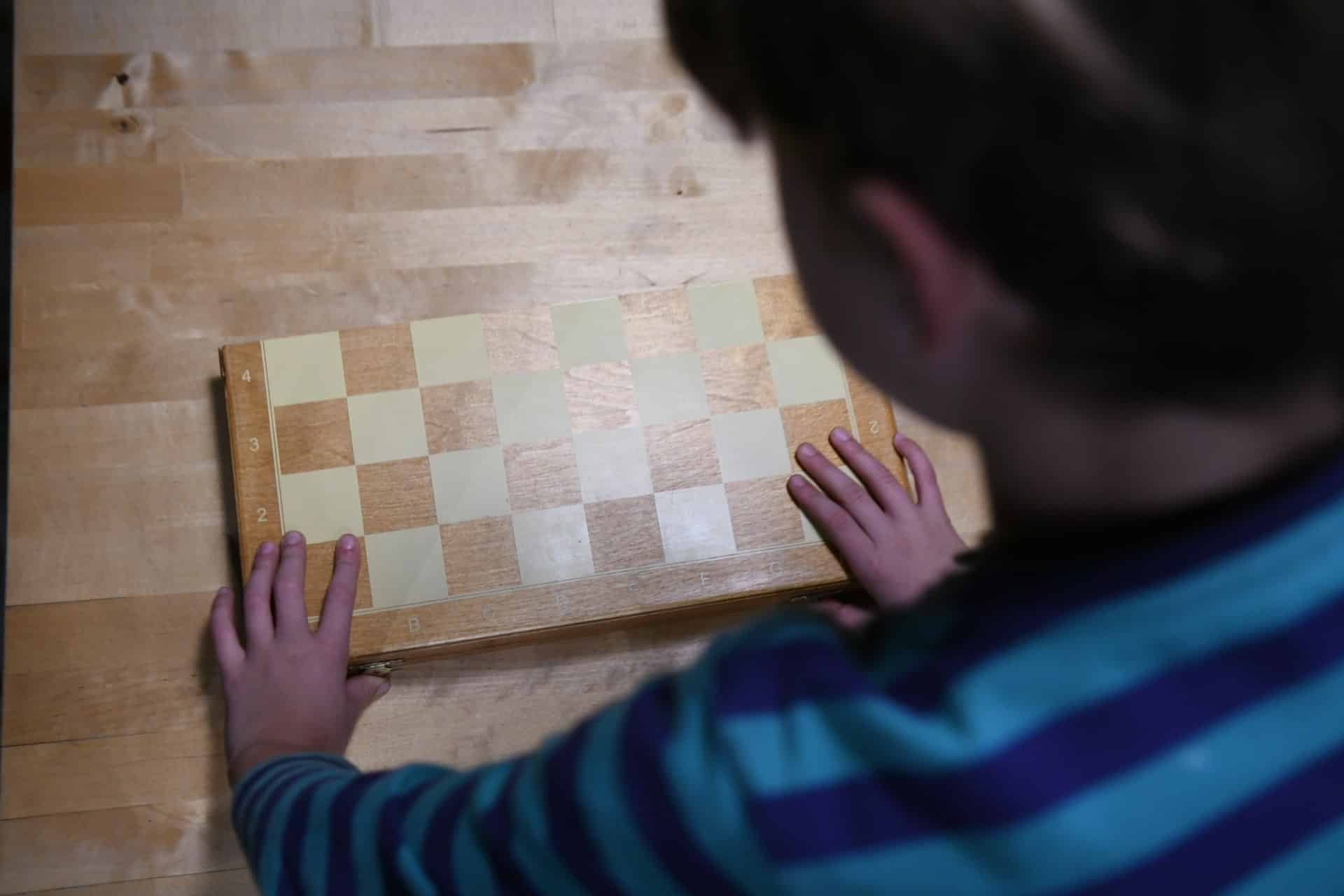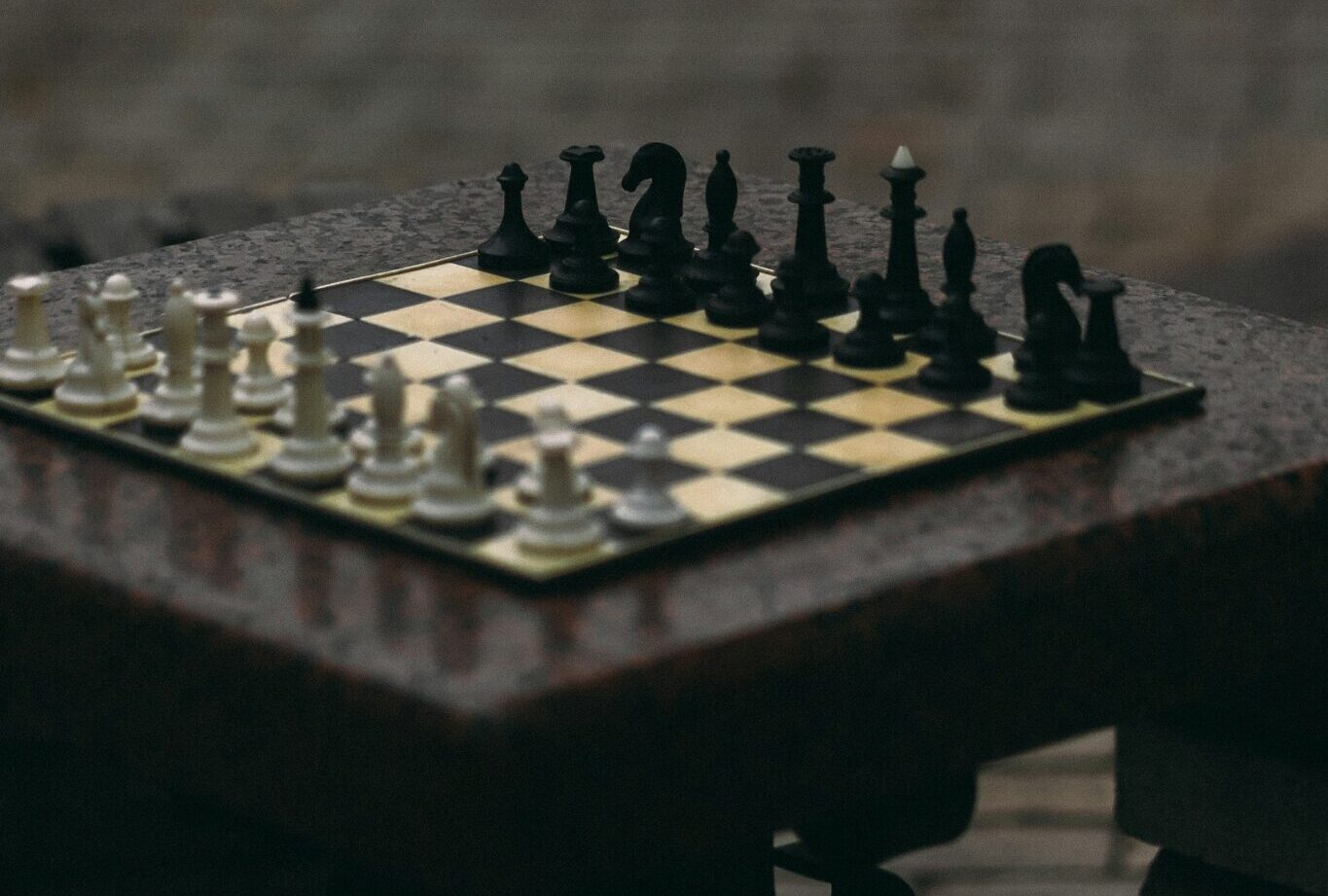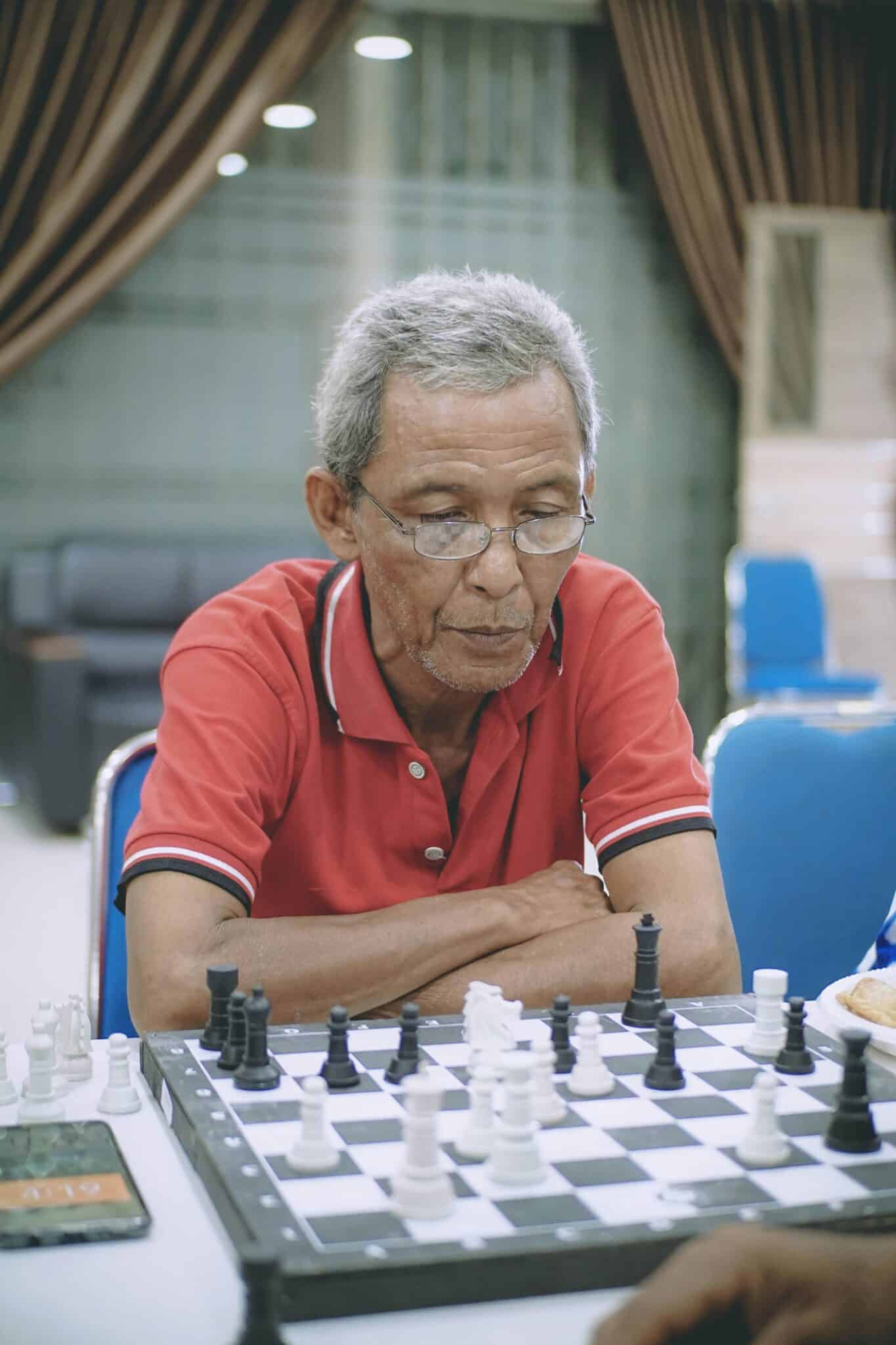Table of Contents
GM Norms in Chess
We're going to talk later about the specifics of achieving IM norms in chess and GM norms in chess, which ultimately leads to how to reach GM in chess, however, we must understand that meeting the sole requirements are not simple at all. It takes a lot of practical work and effort, which we will talk about below
At all levels, we see the most accomplished chess players out there with fancy “titles” celebrating their accolades. The titles can include Candidate Master, National Master, FIDE Master, International Master, and the greatest achievement of all, Grandmaster.
These titles reflect the amount of hard work and dedication these chess players have put into their craft. As we will see with the Grandmaster (GM) and International Master (IM) titles, achieving those feats are not easy at all, and no ordinary person, even if it's his dream, will achieve the IM or GM title.
How to achieve a title – Practically
The IM norms and GM norms requirements are published, so why don't we list exactly that? It's very important to realize that no pushover is going to become an International Master as he desires, there are a few core techniques, though vital, that must be followed in order to reach GM in chess.
The first we will talk about is practice. Chess masters also call this “studying”. If you want to become a Grandmaster, you must study countless hours and attain as many practice hours as possible.
This is a big reason why almost no one has achieved GM or IM status starting chess as an adult, all of the chess superheroes started very young. When you are young, not only do you have less responsibility, the support of parents, etc.
The next part of this foundation is that consistently sharp players play A LOT of tournament games, which again, is why achieving a high title in chess gives a huge advantage to the youngsters.
If you only play once every one or two months, it's going to be very hard to achieve IM norms or GM norms in chess tournaments quickly.
The last, though certainly not least part of this equation is a willingness to fail. As you play and practice a lot, you will lose bad games, and there's no problem with that!
You should go into every tournament hoping to meet expectations, but when you play a lot, you may walk out of some tournaments losing a lot of rating, or even staying the same! The stronger players know how to take these as learning opportunities and move forward.
Model Example: GM Rameshbabu Praggnanandha
One example of a player who meets the points demonstrated above is highly decorated Indian Grandmaster Rameshbabu Praggnanadha. He is living proof of how to reach GM in chess, as he did so being the 4th youngest (2nd at the time) player to achieve the Grandmaster title.
For one, he does practice a lot intensely. No Grandmaster gets away with solely solving easy puzzles. If you only review stuff you know, you will not get anywhere.
Pragg has to push himself to solve very difficult positions, and he does fail sometimes but learns from those mistakes.
It does go without saying Pragg has to play a lot to maintain his level of play, especially to achieve the GM norms in chess. In 2019 alone, he played over 100 tournament games! Keep in mind these games are 4-6 hours each. Almost a game every three days on average, that's insane!
And to go alongside the last point, he does have unideal tournament results a lot. He has some tournaments where he barely gained any rating! But he learns from those, plays some more, and the good eventually outweighs the bad.
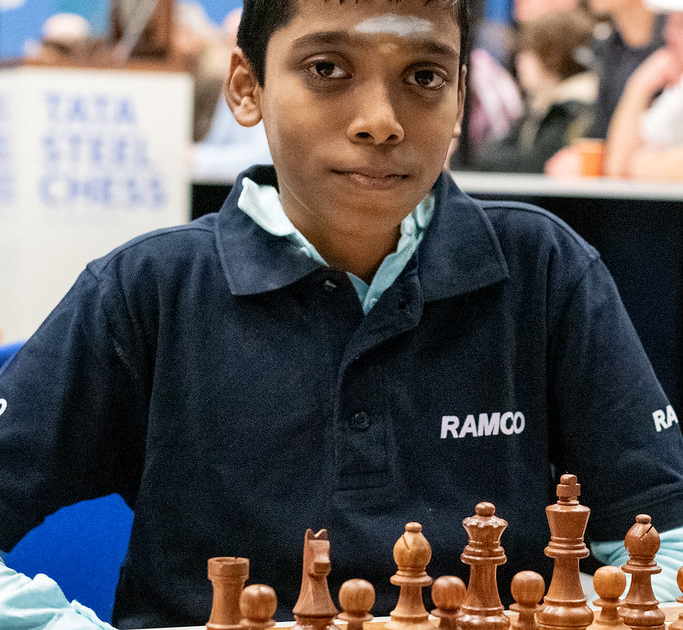
How to achieve the Grandmaster Title – GM Norms in chess
To achieve the Grandmaster Title, you must achieve three Grandmaster Norms, have a FIDE rating of at least 2500, and apply for the title. Sounds simple, right? I think not.
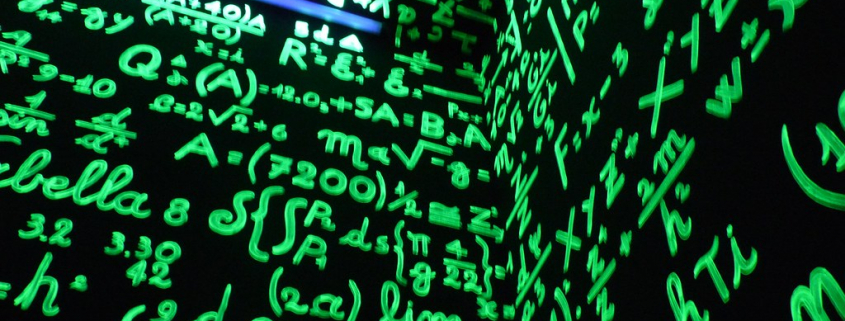
The requirements to get a GM norm in chess are far from simple, as are the IM Norms in chess. And you need three of those! Let's go one by one and explain each qualification to get a Grandmaster norm:
- Each tournament must be at least nine rounds.
- Your tournament performance rating must be 2600 or greater. Just imagine you are an aspiring 2450 player seeking a Grandmaster norm. In theory, in a nine-round tournament, you would need 4.5/9 if your average opposition was 2600 FIDE, and you would have to follow the other rigorous requirements. The average rating of the players you play must be at least 2380.
- At least 1/3 of your opponents must be Grandmasters, and at least 1/2 of them must have FIDE titles.
- You must play players from at least three federations. So if you are in a ridiculously strong tournament in, let's say the USA, but all the players are American, you cannot achieve a norm from that tournament.
So there we go… all the requirements above are sufficient for ONE of those GM norms in chess, you need three of those AND a rating of 2500 or above to achieve the Grandmaster title. Now you must realize how difficult it is to reach GM in chess!


